In the realm of smartphone security, biometric authentication has emerged as a cutting-edge technology, offering users a seamless and secure way to unlock their devices. From fingerprint recognition to facial and iris scanning, biometric phone unlocking has revolutionized the traditional methods of PINs and passwords. This article explores the advancements, benefits, and considerations surrounding biometric authentication on smartphones.

Fingerprint Recognition: A Pioneering Biometric Method
Fingerprint recognition was one of the pioneering biometric methods introduced in smartphones. By capturing and analyzing the unique patterns of ridges and valleys on a user's fingertip, smartphones can create a secure fingerprint profile. This method has proven to be highly reliable, fast, and convenient, offering users a quick and efficient way to unlock their devices with a simple touch.
Facial Recognition: Your Face as the Key
Facial recognition technology has gained significant prominence in recent years. Using advanced algorithms and front-facing cameras, smartphones like HONOR Magic5 Pro can map and analyze the unique features of a user's face to create a secure biometric profile. Facial recognition offers a hands-free unlocking experience and has become a popular choice for users who prioritize convenience without compromising security.
Iris Scanning: Unveiling the Windows to Security
Iris scanning takes biometric authentication to another level by focusing on the intricate patterns in the colored part of the eye. This method offers a high level of accuracy and security, as the iris is unique to each individual. While not as common as fingerprint or facial recognition, iris scanning provides an additional layer of biometric security for users who prioritize the utmost protection for their devices.
Voice Recognition: Unlocking with Your Unique Sound
Although not as prevalent as other biometric methods, voice recognition has made strides in the realm of smartphone security. By analyzing the unique vocal patterns and characteristics of a user's voice, smartphones can create a voiceprint for authentication. While voice recognition is not as widely adopted, it adds diversity to the biometric authentication landscape.
Multi-Modal Biometrics: Layered Security for Enhanced Protection
In a bid to enhance security, some smartphones utilize multi-modal biometrics, combining two or more biometric authentication methods. For example, a device may require both fingerprint and facial recognition for unlocking. This layered approach adds an extra level of complexity, making it more challenging for unauthorized users to gain access.
Behavioral Biometrics: Analyzing Patterns for Identity Verification
Behavioral biometrics take a unique approach by analyzing patterns of behavior for identity verification. This can include the way a user types, swipes, or interacts with the device. By creating a profile based on these behavioral patterns, smartphones can continuously verify the user's identity, adding an extra layer of security that adapts to individual habits.
Biometric Encryption: Safeguarding Sensitive Data
Biometric authentication extends beyond unlocking the phone; it can also play a crucial role in securing sensitive data stored on the device. Biometric encryption uses biometric data to encrypt and decrypt information, ensuring that even if the device falls into the wrong hands, unauthorized access to stored data remains a formidable challenge.
Privacy and Accuracy Concerns
While biometric authentication offers a high level of security, it is not without challenges. Privacy concerns arise as biometric data is sensitive and unique to each individual. Additionally, the accuracy of biometric methods can be influenced by factors such as environmental conditions, changes in appearance, or medical conditions. Striking a balance between security and user convenience remains a key consideration.
Continuous Advancements: Staying Ahead of Threats
As technology evolves, so do attempts to circumvent security measures. Smartphone manufacturers continuously invest in research and development to stay ahead of potential threats to biometric authentication. This includes improving algorithms, incorporating anti-spoofing measures, and adopting new technologies to ensure the integrity of biometric security features.

Conclusion
Biometric phone unlocking has ushered in a new era of smartphone security, offering users a seamless and robust way to protect their devices. From the pioneering fingerprint recognition to the sophisticated facial and iris scanning methods, biometrics provide a diverse range of options for users to choose from. As technology continues to advance, the future of smartphone security is undoubtedly "at your fingertips," unlocking not just the device but also the potential for a secure and convenient user experience.

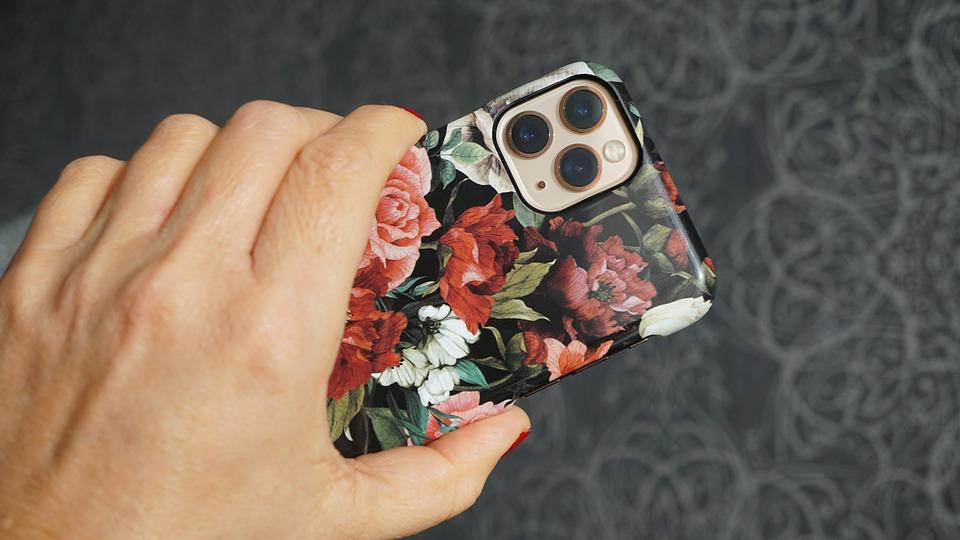
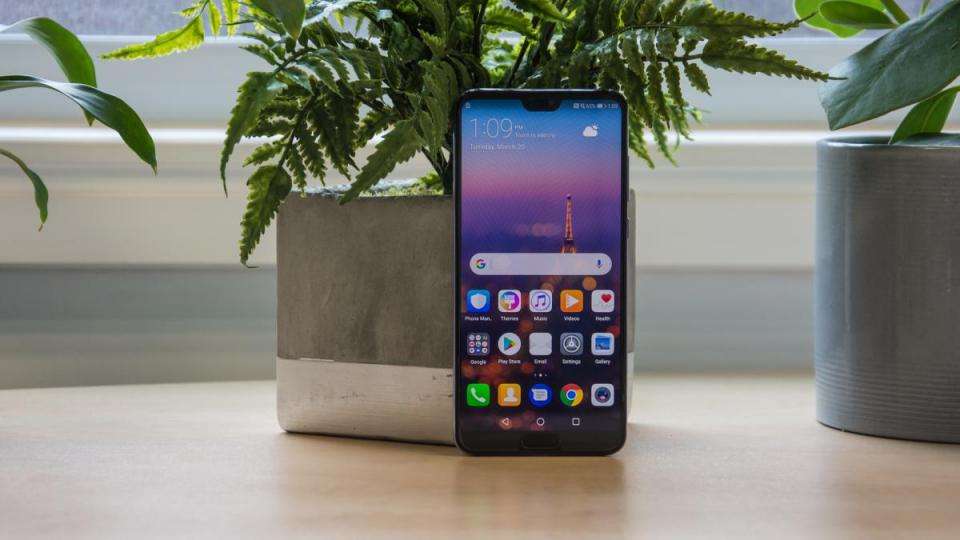
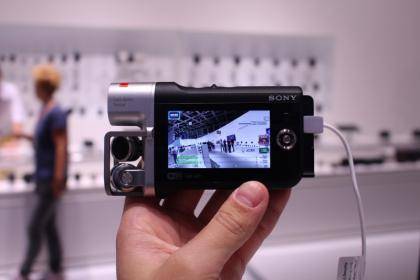
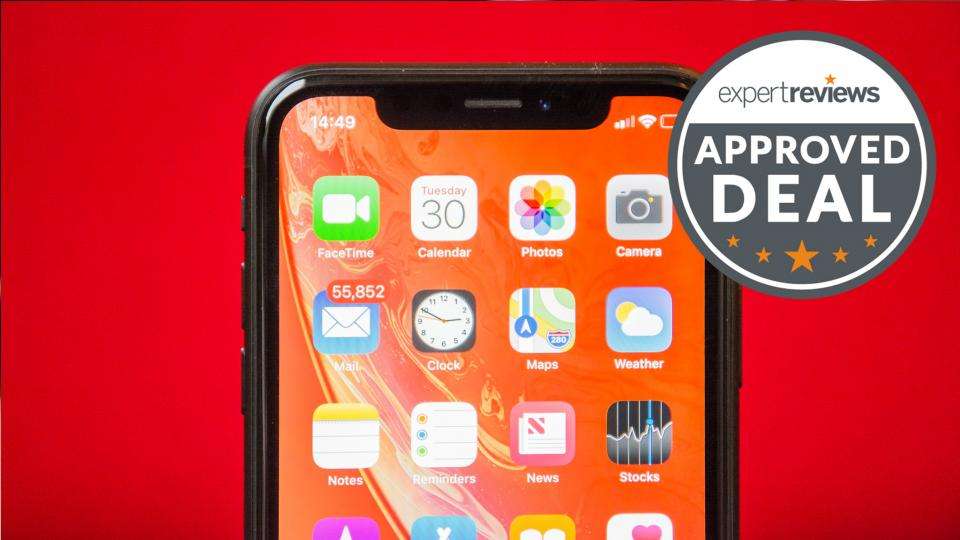
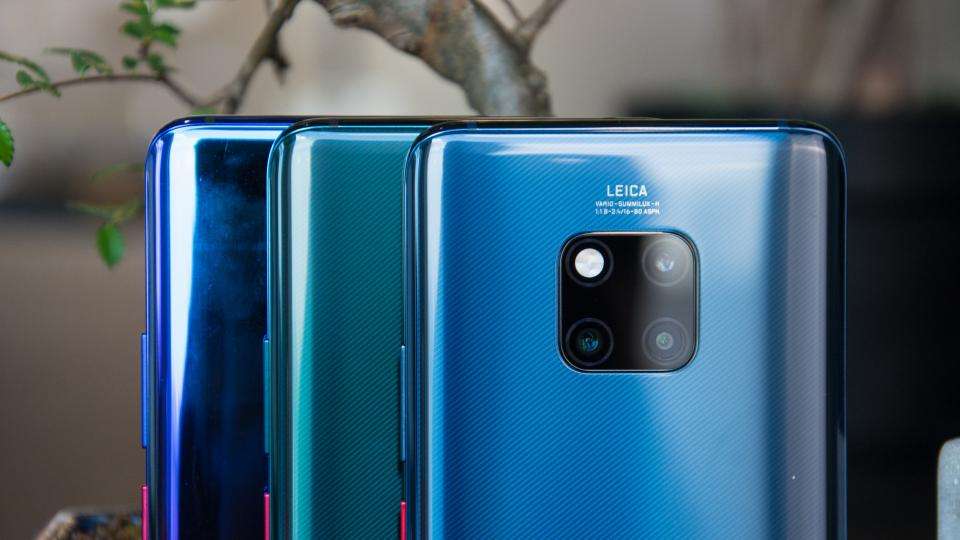
Leave a Reply